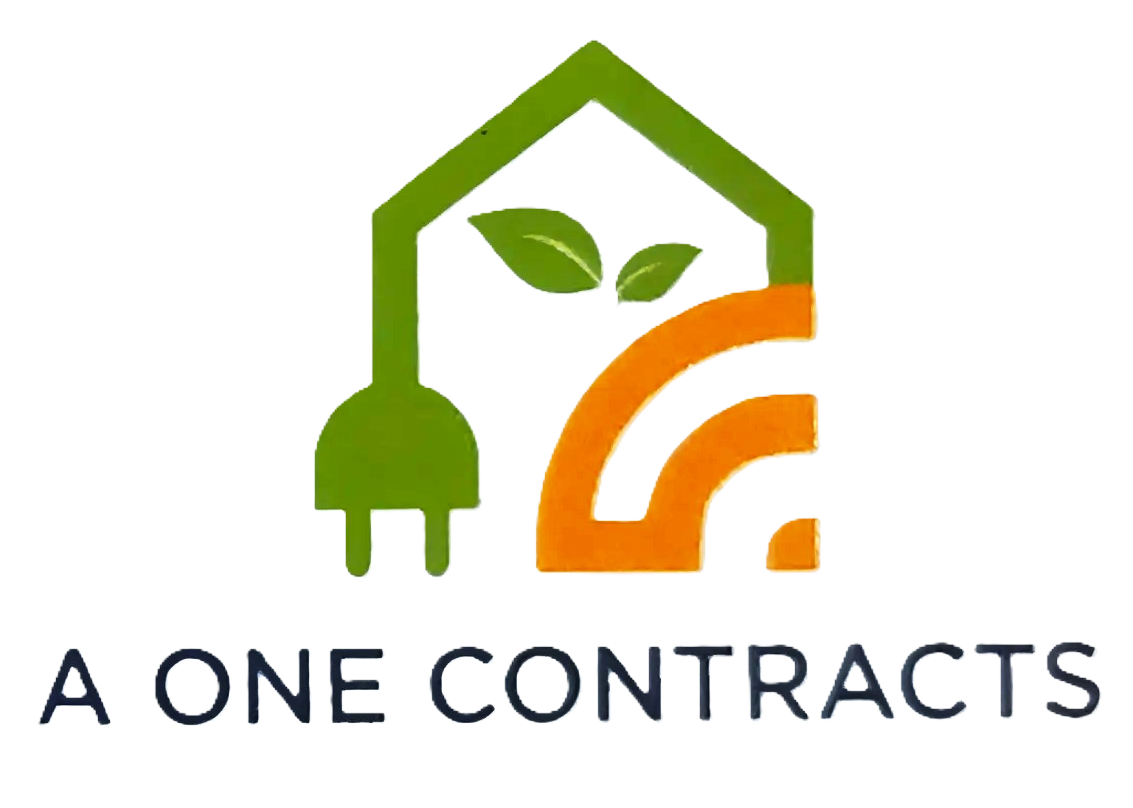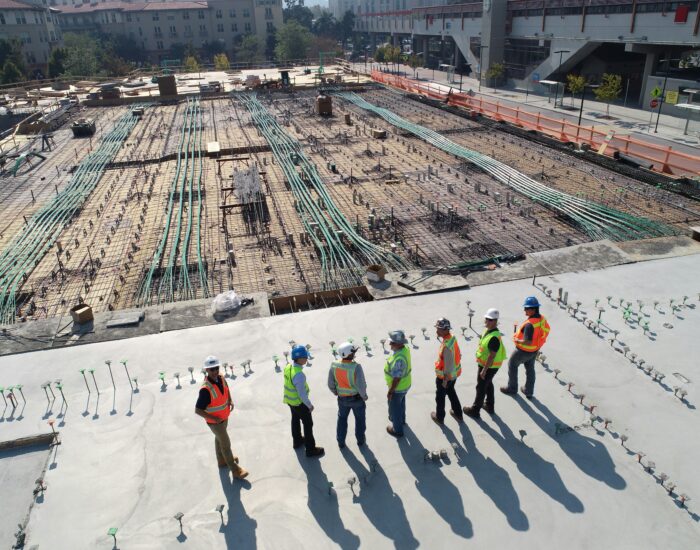In the quest for sustainable development, the involvement and partnership of local communities are essential. At AOneContracts Limited, we believe that sustainable development is not only about building infrastructure but also about fostering strong, resilient communities. This article explores the importance of community partnerships in sustainable development, our approach to engaging with communities, and the tangible benefits these collaborations bring.
The Importance of Community Partnerships
Inclusive Planning: Sustainable development requires an inclusive approach that considers the needs and aspirations of local communities. By involving community members in the planning process, we ensure that projects are tailored to meet their specific needs, resulting in more effective and accepted outcomes.
Local Knowledge and Expertise: Communities possess invaluable local knowledge and expertise that can enhance the design and implementation of projects. This local insight helps identify potential challenges and opportunities, leading to more sustainable and contextually appropriate solutions.
Empowerment and Ownership: Engaging communities in the development process fosters a sense of ownership and empowerment. When people feel invested in a project, they are more likely to support and maintain it, ensuring its long-term success and sustainability.
Social Equity: Sustainable development aims to improve the quality of life for all community members, particularly marginalized groups. Partnering with local communities ensures that the benefits of development are distributed equitably, promoting social inclusion and justice.
AOneContracts Limited’s Approach to Community Engagement
At AOneContracts Limited, we have developed a comprehensive approach to community engagement that is integral to our sustainable development projects. Our approach includes:
Stakeholder Consultations: We conduct thorough consultations with community stakeholders, including residents, local businesses, and government representatives. These consultations help us understand the community’s needs, concerns, and aspirations, ensuring that our projects align with their vision for the future.
Participatory Planning: We involve community members in the planning and decision-making process. Through workshops, public meetings, and collaborative design sessions, we create opportunities for community input and feedback. This participatory approach ensures that projects are designed with the community, rather than for the community.
Educational Programs: Education and awareness are crucial for sustainable development. We organize workshops and training programs to educate community members about sustainable practices, environmental stewardship, and the benefits of our projects. These programs empower residents with the knowledge and skills to actively participate in and benefit from sustainable development.
Partnerships with Local Organizations: We collaborate with local organizations, such as non-profits, educational institutions, and community groups, to leverage their expertise and resources. These partnerships enhance our ability to deliver impactful and sustainable projects.
Monitoring and Evaluation: We establish mechanisms for ongoing monitoring and evaluation of our projects. This includes regular community feedback sessions, impact assessments, and performance reviews. By continuously evaluating our work, we ensure that projects remain on track and deliver the intended benefits.
Case Studies: Successful Community Partnerships
Eco-City Initiative
The Eco-City Initiative is a landmark project that exemplifies our commitment to community partnership and sustainable development. In collaboration with local residents, businesses, and government bodies, we designed a city that prioritizes sustainability. Key features of the project include:
- Community Gardens: We established community gardens that provide fresh produce, enhance green spaces, and promote social interaction. Residents actively participate in maintaining these gardens, fostering a sense of community and environmental stewardship.
- Renewable Energy Systems: Solar panels and wind turbines were installed to provide clean energy, reducing the city’s carbon footprint. Community members were trained to maintain these systems, ensuring their longevity and functionality.
- Sustainable Water Management: Innovative water management practices, such as rainwater harvesting and greywater recycling, were implemented to conserve water resources. These systems were designed in consultation with the community, ensuring they met local needs and preferences.
Green Bridge Initiative
The Green Bridge Initiative is another successful project that highlights the power of community partnerships. In this project, we transformed a deteriorating bridge into a sustainable infrastructure asset. Key aspects include:
- Recycled Materials: The bridge was constructed using recycled materials, reducing environmental impact and promoting resource efficiency. Community members were involved in sourcing and selecting these materials.
- Energy-Efficient Lighting: Energy-efficient LED lighting was installed to enhance safety and reduce energy consumption. Local residents participated in the design and placement of the lighting, ensuring it met their needs.
- Green Landscaping: The bridge was adorned with green landscaping, including plants and trees that improve air quality and provide aesthetic value. Community volunteers helped with planting and ongoing maintenance, fostering a sense of pride and ownership.
Tangible Benefits of Community Partnerships
- Enhanced Project Outcomes: Projects that involve community input and collaboration are more likely to meet local needs and achieve their objectives. This leads to higher satisfaction and acceptance among community members.
- Increased Sustainability: Community involvement ensures that projects are designed and implemented with sustainability in mind. Local knowledge and participation help identify sustainable practices and solutions.
- Stronger Community Bonds: Collaborative projects foster a sense of community and strengthen social bonds. When people work together towards a common goal, it builds trust and cooperation.
- Economic Opportunities: Sustainable development projects often create economic opportunities for local residents, such as jobs, training programs, and business opportunities. This contributes to economic resilience and growth.
Contrary to popular belief, Lorem Ipsum is not simply random text. It has roots in a piece of classical Latin literature from 45 BC. John Deo, CEO Teqo
Conclusion
Partnering with local communities is essential for achieving sustainable development. At AOneContracts Limited, we prioritize community engagement in all our projects, ensuring that they are inclusive, effective, and sustainable.


By involving communities in the planning, implementation, and maintenance of projects, we create infrastructure that meets their needs and promotes long-term resilience. Join us in building a sustainable future, one community at a time.


